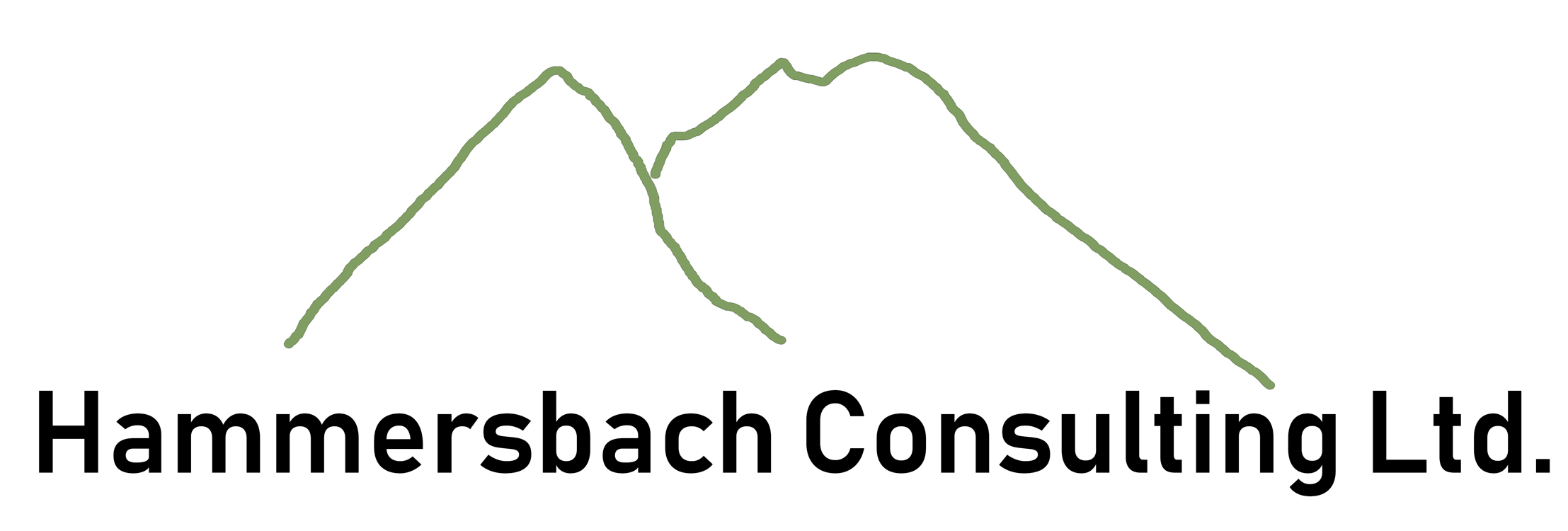Case Study: Major Incident Protocol and Loss Scenario Test
Pan-European Passenger Train Operator

A major pan-European rail operator had suffered a significant loss and was concerned that should another event occur which involved multiple casualties there was no structure in place to provide support to the business from insurers and other related experts. The client was confident that their regulatory obligations were being met but were aware that nothing was in place to assist them in maximising the benefits of their insurance policies.
There were three main areas of concern for the client:
- The first was clarity of the contracts. Who was responsible for insuring what and had it been done? Because of the nature of the client’s contracts there were different requirements in different territories.
- The second was around roles and responsibilities – who does what, when and why? Internally the client had very robust procedures which were determined by the respective rail regulators, however, externally and in the context of the insurance policies, they felt that they had gaps in their processes which meant that they would not maximise the benefit of the cover. Equally, they were unsure as to what was expected of them by insurers and other experts. They were keen to make sure that external parties were aware of what information would be available and what the timescales would be in providing this information. The client was keen to understand the activities of the external parties in terms of the claims settlement, when actions could be expected and who would be dealing with what aspects of the claims.
- The third was around communication. Social Media plays an important part in the way that the client communicates with passengers but it also left them potentially exposed when comments were made, with the best of intent, which could potentially prejudice them from a legal liability perspective.
For the purpose of this Loss Scenario Test and to ensure that the clients concerns were fully addressed stakeholders from around the companies across Europe were engaged with in order to fully understand what ‘worst case’ would look like.
This allowed for two test scenarios to be built which covered all the areas of concern. A Major Incident Protocol was then built which provided a structure. The client, their insurers, loss adjusters and lawyers were then brought together for a full day workshop where the protocols and the coverage would be tested against the two scenarios in an open forum where everyone could walk through the scenarios in a safe environment.
The result was a successful day where everybody gained a greater understanding of the risks and challenges around a major incident but also where everyone came away with a clear direction and a solid framework which gave the client the confidence that should such a scenario arise in the future, they and their external partners would have the confidence in the process and coverage.

